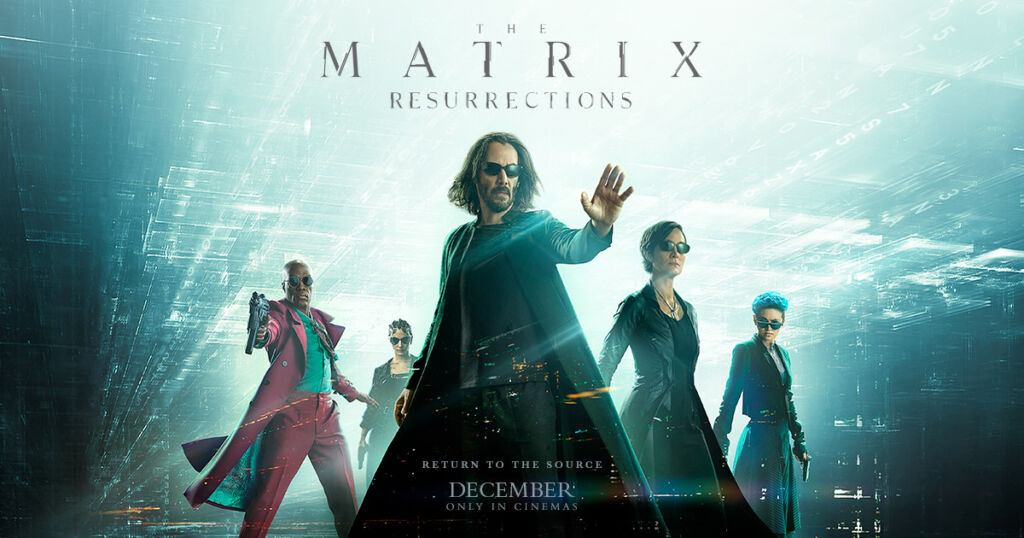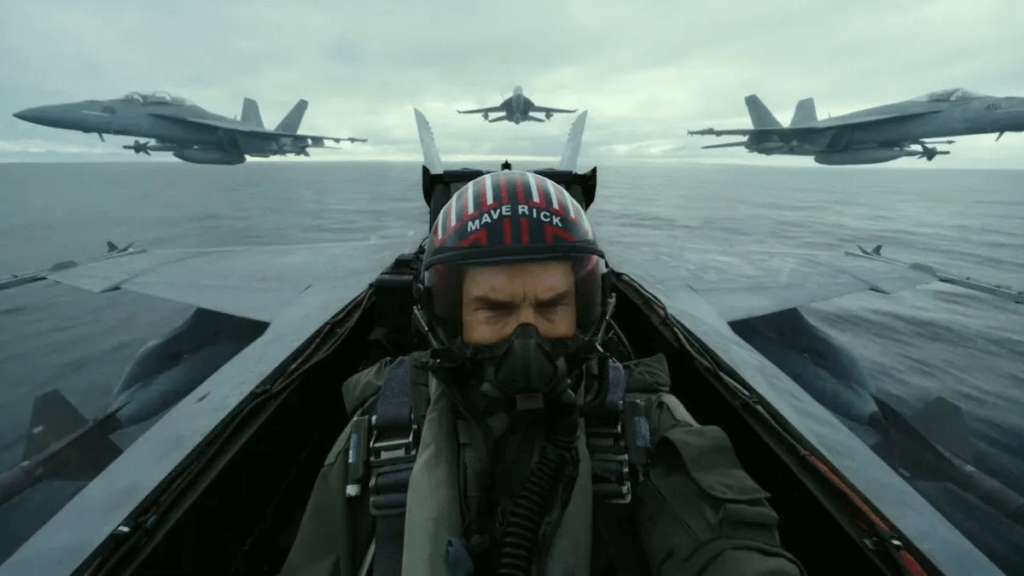Mixing the old with the old
Star Wars, GhostBusters, The Matrix, these are hallowed franchises that have in recent years been rebooted in an effort to re-ignite their former popularity and box office glory. They’re staples of the industry, genre-defining pieces of cinema that have largely become flops at the modern box office. The Star Wars sequel trilogy started strong with The Force Awakens before experiencing diminishing returns with each subsequent film, culminating in the disastrous Solo, which barely earned 300 million globally, a fraction compared to the two Billion dollar success of The Force Awakens. The Matrix: Resurrections, a 200 million dollar production, was a complete flop, not even earning back its budget. The GhostBusters franchise has had mixed success, with the 2016 version not finding an audience at all, while the newest incarnation GhostBusters: Afterlife, was a more successful film with a sequel already in production. What Hollywood is failing to do is pass these franchises to a new generation of characters and actors we can remember and get excited about, and that can carry their franchises forward.
The problem is that legacy franchises rely too heavily on nostalgia; characters and plots from older films, while trying to also introduce new, younger stars we can get to know. What we get are films that aren’t based around old characters or new ones, we get something in between that doesn’t center on either generation and doesn’t have enough screen time to go around. Studios want to have it both ways, they want the reputation and recognition of classic characters like Mark Hamil’s Luke Skywalker, but they also want young, new actors that will be around to make another ten years of films. GhostBusters: Afterlife relied so heavily on nostalgia it used a CGI version of one of the team members, the late Harold Ramis, in several cringe-inducing scenes. Let the dead stay dead!
In the end we get mediocre movies that try to juggle a dozen characters, hoping you remember the six new ones that were just introduced. The Matrix Resurrections tried to introduce Jessica Henwick (Bugs) and Yahya Abdul-Mateen II (Morpheus 2.0), but we never got enough screen time for either of them to feel like the leading man/woman, and the story still centered squarely around Keanu Reeves’ character Neo. It’s fun to see aging stars take up a classic role, but they’re not going to be around for another fifty years of movie making, studios have to figure out how to pass the cinematic baton to a new generation of actors. Has any legacy property gotten it right?
It’s Not The Plane, It’s The Pilot
Probably the most successful example of IP revival is 2022’s Top Gun: Maverick. Coming nearly forty years after the 1986 classic, Top Gun, the movie took over one billion dollars at the box office and was credited with reviving the modern theater-going experience. It was the legacy mega-hit Hollywood has so desperately craved. But it didn’t simply rely on nostalgia to get people into theaters. Yes, we revisit iconic images like Tom Cruise’s character Pete “Maverick” Mitchell wearing the same outfit from the original movie, riding his motorcycle as the opening credits start, the opening credits the exact same as in the original, but our trip down memory lane is brief before we’re introduced to an older, debatably wiser version of the character, who’s now tasked with guiding a new class of pilots on a dangerous mission. Maverick has grown up. He’s in a new place in life and at the end of his career. He’s still the hot-shot pilot everyone loves to hate, but he’s not the center of the story, a new class is.
We’re introduced to cocky young pilots, the best of the best all vying to prove their worth: the smug “Hangman” played by the charming Glen Powell, “Phoenix”, the first female pilot in the franchise played by Monica Barbaro, and “Rooster”, the son of a famous pilot with a chip on his shoulder played by Miles Teller. We’re given new, memorable characters that audiences can name and discuss long after they’ve left the theater.
There’s also the story. While the original Top Gun focused on hotshot pilots at flight school, Maverick moves forward, putting already-graduated pilots to the test in a real-world military scenario. The stakes are new and different, and much higher, “Not everyone is coming back” says the flight lead. The thrilling flight sequences also helped make the movie a must-see, theater going experience. Combine the intriguing plot, new characters, and a little bit of old school nostalgia, we get a film that resonated with both new and old audiences, demanded it be seen in theaters, and that’s been the most successful legacy IP in years, possibly of all time.
Lessons For Hollywood
The biggest lesson Hollywood can take away from the success of Top Gun: Maverick is BALANCE. Maverick did the tricky task of nimbly balancing the nostalgia from a classic movie, introducing new exciting characters, and modern filming techniques, which combined to make a unique film-going experience for audiences to keep coming back to. While there is definitely money to be made bringing back legacy properties and characters, unless studios figure out how to make us care about new characters and stories that can carry a franchise forward, they’re going to continue to have mediocre, diminishing, or even disastrous returns.



